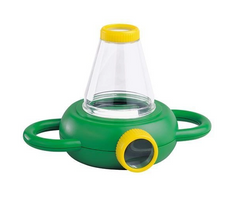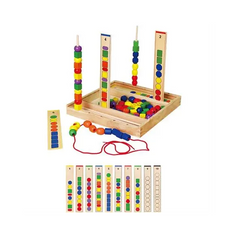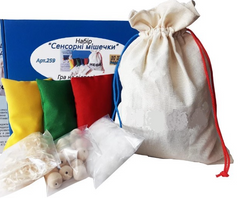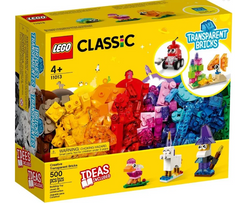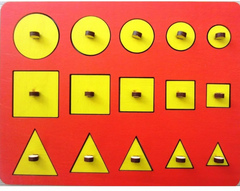|
Quantity
|
Out of stock
|
||
|
|
|||
Development of fine motor skills in children in kindergarten
Fine motor skills have a huge impact on later learning to draw, write and other activities that require efficient hands. All fine motor skills are acquired through daily exercises using specially designed toys. There are many possibilities in our specialty store.
How to support motor training?
The development of fine motor skills in children is a long-term cognitive process. From early childhood, children master such skills as holding cutlery, colored pencils, and catching a ball. It takes a long time to learn, because accuracy in performing such actions is achieved with a lot of practice. We can speed up this process with the help of additional inexpensive toys that will stimulate the movement of the hands and fingers.
The simplest and at the same time the best way to develop fine motor skills in children is to stimulate hands with the help of simulators and toys. Our store presents simple and easy-to-use toys that should be in every kindergarten and school. Among them are wooden, colorful, but non-toxic products, such as mazes of different sizes, manipulative tablets and boards, slides, puzzles and much more. Each of them can be adapted to the current capabilities of each child. All of them have age recommendations, so they will not cause any harm to patients, only long-term benefits.
Development through play
The development of skills is often the result of the opportunities a child receives from an adult. The role of parents and teachers is to motivate the child to play sports and support him in more complex games. Learning to weave, transfer, fold or move in a line helps not only to acquire manual skills, but also improves concentration, trains patience and insight. This helps with learning how to write and furthers learning how to tie shoelaces, fasten zippers and fasten buttons. There are many examples, but children should have good hands for each of them. The expected effect will be visible together with our toys.









